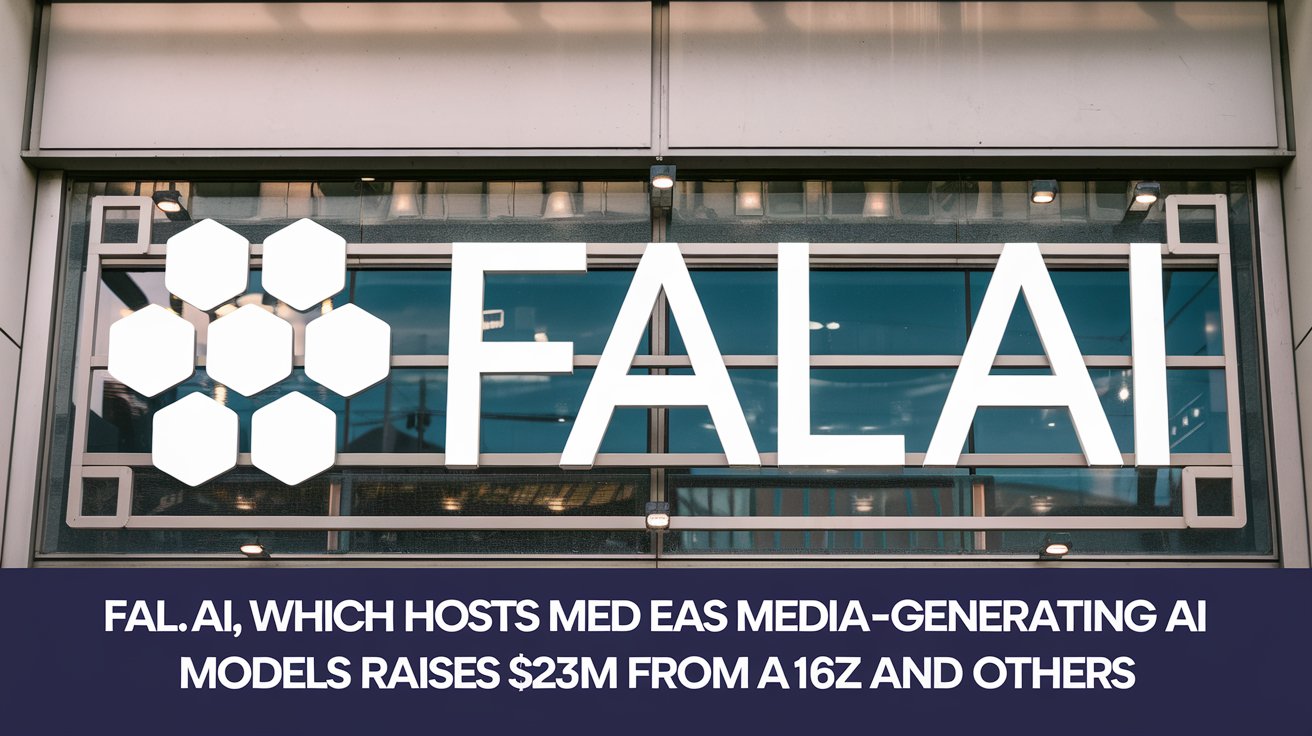
Fal.ai, a developer-focused platform for AI-generated media, has announced a successful $23 million funding round, attracting investors such as Andreessen Horowitz (a16z), Black Forest Labs co-founder Robin Rombach, and Perplexity CEO Aravind Srinivas. This two-round investment includes $14 million from a Series A led by Kindred Ventures, and $9 million from an earlier a16z-led seed round that had not been previously disclosed.
Fal.ai, founded in 2021 by Burkay Gur and Gorkem Yurtseven, provides AI infrastructure to power the generation of audio, video, and images through machine learning models. Gur, an ex-Oracle engineer, and Yurtseven, a former Amazon software developer, created Fal after recognizing the growing demand for generative AI cloud infrastructure during the pandemic.
The founders saw an opportunity as generative media began to shift the consumption landscape. "We saw generative media was about to change all media consumed,” Gur said. Fal’s platform offers two core services: privately managed compute and workflows for model deployment, and APIs for open-source models capable of generating diverse media types.
One of Fal’s notable contributions includes hosting Flux, the image generation model behind Grok, the chatbot developed by X (formerly Twitter). Fal is positioning itself against competitors like CoreWeave, but its scalability, Gur argues, sets it apart. "Our platform can handle hundreds of millions of requests, and our inference engine is the most performant,” he claims. Enterprises deeply involved in media production are a primary target for Fal’s services.
Fal’s client base has expanded significantly, including notable enterprises like Perplexity and generative AI apps such as Photoroom, Freepik, and PlayHT. This growth has fueled Fal’s success, with its annual revenue run rate approaching $10 million — an impressive 10x increase since January. The company currently serves over 500,000 developers, generating 50 million images, videos, or audio streams daily.
This surge in growth helped secure a valuation of $80 million following the Series A round.
Despite the rapid growth, questions remain about content moderation and intellectual property (IP) liability. When asked about safeguards for potentially harmful content generated by models, Gur stated that moderation decisions are left to the companies developing on Fal’s platform. While acknowledging plans to enhance in-house moderation, the current approach raises concerns, especially given the rising risks of misinformation and deepfakes in generative AI.
In terms of IP liability, Gur was less forthcoming. Fal’s terms of service suggest that users bear the risks of any copyright issues, unlike other platforms like Adobe or Google, which offer indemnity clauses to protect users.
Fal plans to allocate most of its new funding toward optimizing its inference engine and making it a self-serve product, alongside building a dedicated research team to enhance model performance. The platform continues to draw interest from key players in the AI and tech space, with additional backers including Vercel founder Guillermo Rauch, entrepreneur Balaji Srinivasan, and Hugging Face CTO Julien Chaumond.
As the company scales, it remains focused on solidifying its place in the rapidly growing field of AI-generated media. However, users should remain cautious of the risks involved in deploying models through the platform, particularly when it comes to moderation and copyright concerns.